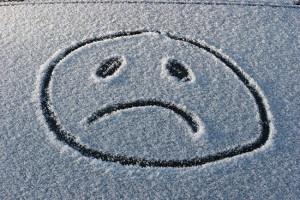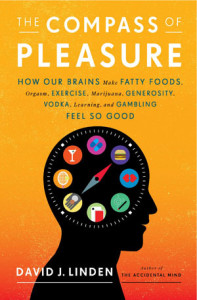For any of you who have grown up with a dog, you know how attached not only you get to them, but also how attached they get to you. Having a dog is like having a friend that you can always depend on to greet you like you are the best thing they’ve ever seen, to jump all over you when you come home from college, and to cuddle with you every time you sit down on the couch. Here is a picture of my dog, Belle. She is a 5 year old Newfoundland, and also basically a giant teddy-bear of a dog.
I’ve always thought it was incredible how she seemed to know when me or someone in my family was excited, upset, or angry, even if we weren’t outright expressing these feelings. Belle would always seem to sense and react to our moods. When someone is upset, she lays her head on their lap and seems to be looking into their eyes, and if someone cries she whimpers and licks their face. It is like she is a person showing empathy and trying to cheer you up. When someone is afraid, she is immediately on guard-dog duty. My younger sister used to be afraid of thunderstorms, and Belle would sit up tall right between my sister and the nearest window, as if she wanted her to know she was protecting her. When someone is happy, Belle runs to find the nearest toy that she can find, whether it is one of her chew toys or a stuffed animal from mine or my sister’s rooms, and she brings it to you like a present. She doesn’t even like to play fetch, she just is excited to go run and find something to give to you and show that she is excited too. After going home for Thanksgiving break and remembering how excited Belle was when I got home and how upset she seemed when I said bye to my family and to her, it got me wondering about how dogs can sense what is going on with the people around them.
someone in my family was excited, upset, or angry, even if we weren’t outright expressing these feelings. Belle would always seem to sense and react to our moods. When someone is upset, she lays her head on their lap and seems to be looking into their eyes, and if someone cries she whimpers and licks their face. It is like she is a person showing empathy and trying to cheer you up. When someone is afraid, she is immediately on guard-dog duty. My younger sister used to be afraid of thunderstorms, and Belle would sit up tall right between my sister and the nearest window, as if she wanted her to know she was protecting her. When someone is happy, Belle runs to find the nearest toy that she can find, whether it is one of her chew toys or a stuffed animal from mine or my sister’s rooms, and she brings it to you like a present. She doesn’t even like to play fetch, she just is excited to go run and find something to give to you and show that she is excited too. After going home for Thanksgiving break and remembering how excited Belle was when I got home and how upset she seemed when I said bye to my family and to her, it got me wondering about how dogs can sense what is going on with the people around them.
When I began my research, I came across an article that posed a very good point. The article pointed out that dogs are meant to belong to a close knit family, just like humans do. Dogs, like humans, have a language of facial expressions, body language, and vocalization. If a dog grows up as part of a human family, doesn’t it make sense that the dog would adapt to their family’s languages?
One study that was done focuses on how humans read each others faces, and compared it to how dogs read humans faces. The study showed that humans and dogs both read the faces on humans the same way, first looking slightly on the left half of the face and then the right. What was remarkable, though, was what happened when the scientists showed a dog a picture of another dog. Instead of looking left to right like they did when observing a picture of a human, they first looked to the right and then to the left. The study concluded by saying that dogs have evolved to learn how to read human faces, and they do it in the same fashion that we do, enabling them to understand facial expressions extremely well. Certainly, correlation does not equal causation. There may have been a confounding variable, such as the way the scientists acted when each photo was pulled up. Although I think the study may have been more effective if there were no other scientists in the room with the dog and the photos, the results of this study are still worth looking at.
Many pets sit home for most of the day, just sleeping and lounging around when their owner is not paying attention to them. During all of the time your dog lays in the living room while you watch TV, or sits in the kitchen while you cook, it makes a lot of sense that he or she is also observing what you are doing. Since nearly every aspect of their life depends on their owner, a dog pays more attention to what their owner is doing than they may think. This is how a dog understands your habits or routines and, can see when you are happy or sad. They say that human communication is 90% nonverbal through body language and facial expressions, and only 10% verbal, so your beloved dog may understand you better than you think.
One thing we need to remember about dogs is that they have much more powerful senses than we do, so even if we cannot communicate verbally with our pets, they have other means of understanding. According to this article, dogs most important sense is smell, and their nose is anywhere from one thousand to one million times better than a human, and their sense of hearing is four times as strong. This is how our dogs can sense our mood other than obverting our body and facial expressions. When you are nervous or upset, your body naturally perspires,
and even if you don’t notice it your dog can. When you are afraid, your dog can smell adrenaline and will most likely react in your defense. Although dogs cannot understand your verbal  communications, they do understand your tone of voice. Your dog will easily be able to tell if you are speaking in an affectionate tone or an angry one.
communications, they do understand your tone of voice. Your dog will easily be able to tell if you are speaking in an affectionate tone or an angry one.
After learning so much about how much time our dogs spend thinking about what we are feeling, I can’t wait to go home and play with my dog. It is important to remember how every little thing we do around our dogs directly affects them!

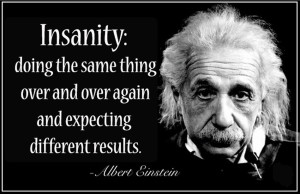













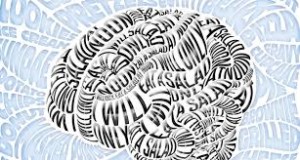
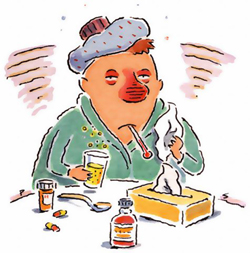






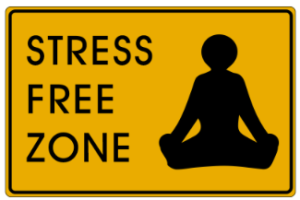 As I discussed in my previous blog, “Keep Calm and Don’t Stress,” chronic stress can be harmful to both your mind and your body. Aside from the obvious short term mental effects stress has on you, extreme stress can have long term effects on your health such as a weakened immune system, high blood pressure, joint and back pains, and many others. That is why it is very important to make sure that you don’t let stress take a toll on your body or your mind. As young adults at a university with rigourous and demanding course loads and time consuming extracurriculars, we can not afford to be preforming at any less than 100%.
As I discussed in my previous blog, “Keep Calm and Don’t Stress,” chronic stress can be harmful to both your mind and your body. Aside from the obvious short term mental effects stress has on you, extreme stress can have long term effects on your health such as a weakened immune system, high blood pressure, joint and back pains, and many others. That is why it is very important to make sure that you don’t let stress take a toll on your body or your mind. As young adults at a university with rigourous and demanding course loads and time consuming extracurriculars, we can not afford to be preforming at any less than 100%. One popular method that many people turn to in order to reduce their stress levels is exercise. Aside from having overall benefits for your health, it also has some results that help melt away your stress. According to an article from the
One popular method that many people turn to in order to reduce their stress levels is exercise. Aside from having overall benefits for your health, it also has some results that help melt away your stress. According to an article from the 








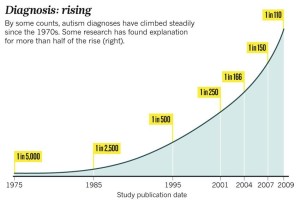



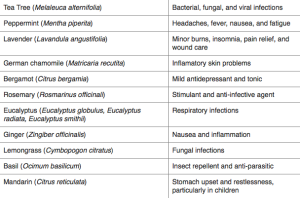 aryland Medical Center
aryland Medical Center
